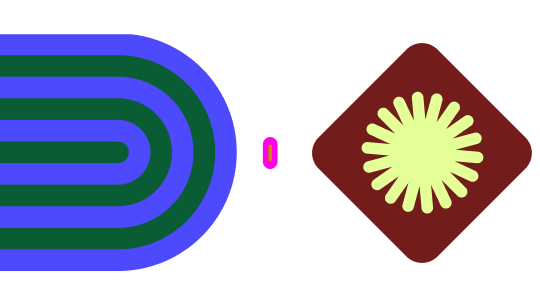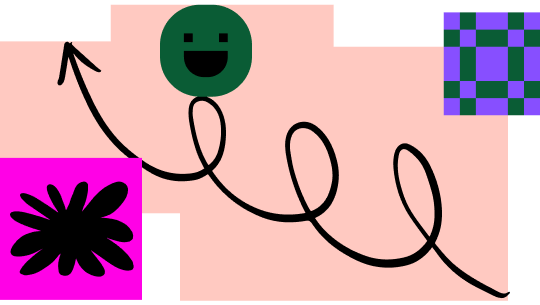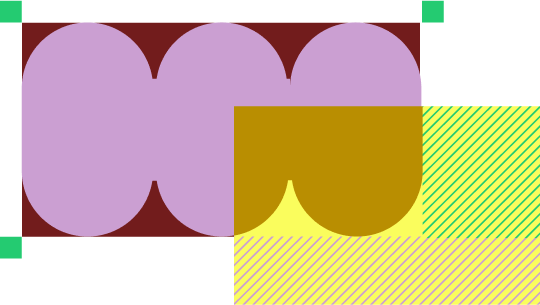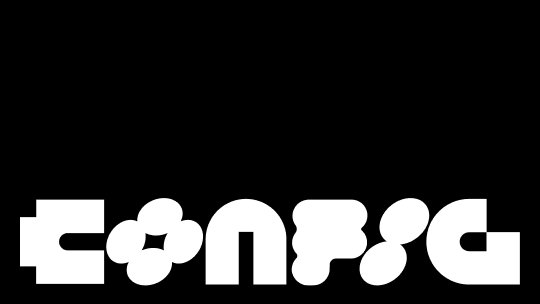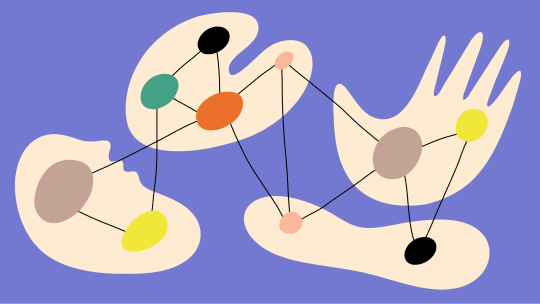Reimagining Collaboration: How Figma helped Design Agency ENNOstudio Double Velocity
When in-person meetings were regarded as the only way to build strong business relationships, ENNOstudio, a design agency based in Berlin, flew team members across Europe each week to meet clients on-site.
But when the pandemic hit, they needed a new way of working and found that meeting face-to face wasn’t the only way to collaborate effectively. In fact, ENNOstudio discovered they could complete projects twice as quickly using Figma as a platform for seamless communication.
The Need for Speed… and Flexibility
ENNOstudio have aspirational goals - they want to create exceptional designs for their clients by incorporating new technologies such as AI and VR into their work. The approach is working - over the past three years the agency, which counts HelloFresh among its clients, has grown from two to 17 creatives.
“Because of our focus on next-generation experiences, a lot of our work requires us to explain concepts and visualise ideas. Most of our projects are high stakes for our clients and involve a large number of stakeholders. So cooperation, flexibility and speed are crucial to our success. We often have to react fast to feedback and work to tight deadlines,” says Guillaume Vaslin, CEO & Head of Design at ENNOstudio.
More design, less logistics
Before using Figma, ENNOstudio’s team would export PDFs, send emails or use delivery platforms to pass work to clients, which created a lot of back and forth. With a large number of stakeholders, it was nearly impossible to get everyone on the same page and communication often took up more time than the actual design work.
Back then, Guillaume already knew about Figma but his team, as well as clients, were used to other software. “My big aha-moment came when we proposed Figma to a large Austrian insurance company. We took the leap and haven’t looked back since. This project kicked off our long and still ongoing honeymoon phase with Figma,” says Guillaume.
Speeding Up Collaboration by 2X
Guillaume says “collaboration” means something entirely different now; they are about “two times faster with Figma”. In the past, the team would export assets with tools solely designed for the handover process. With Figma, there’s no need for the middleman - they can collaborate with clients without the extra step in the process. They no longer export their designs, collect and re-write comments, and gather feedback… everything is in the file.
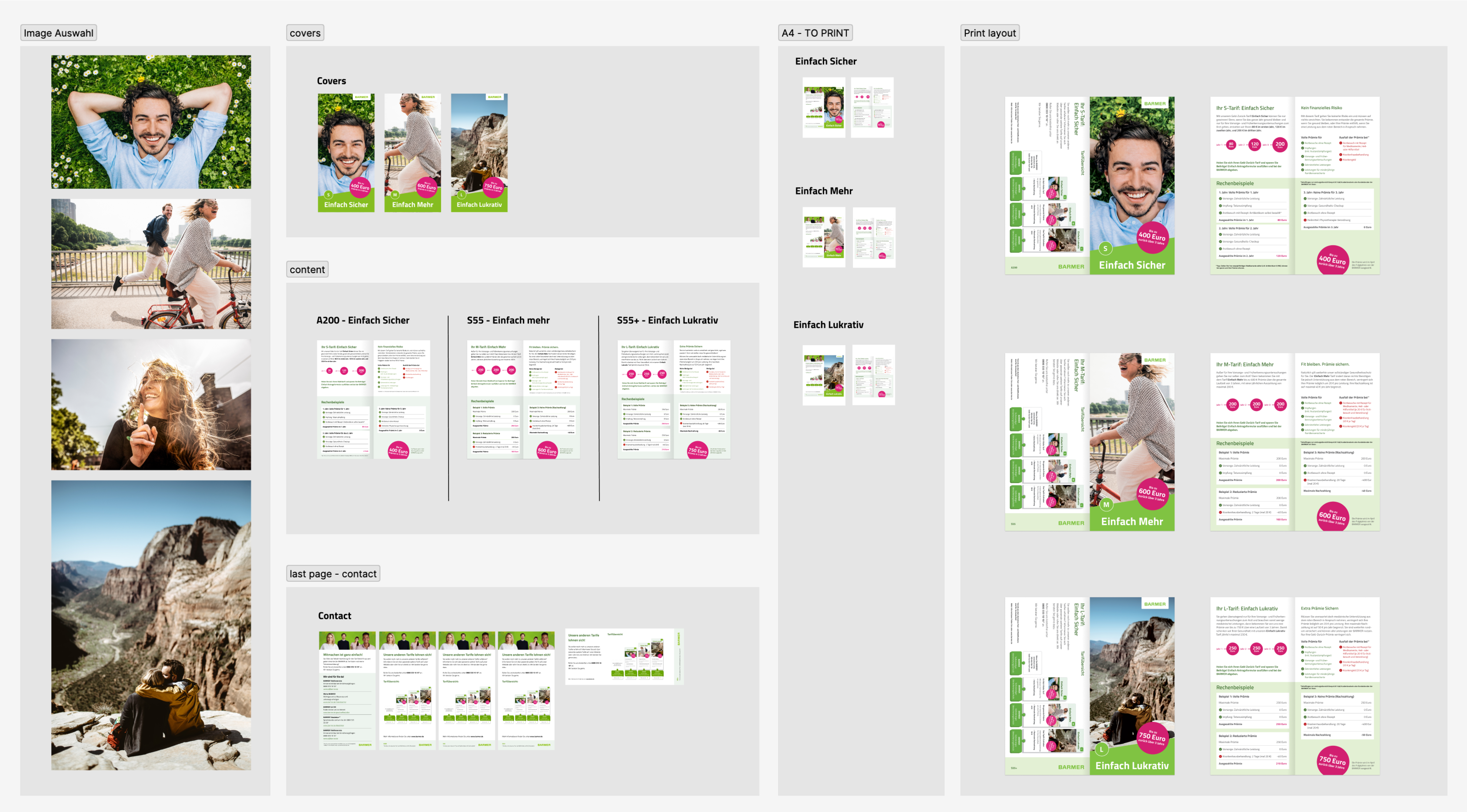
Additionally, designers can start drafting the first wireframes during client workshops, delivering actionable work right away. This means ENNOstudio’s team can quickly incorporate feedback, and clients can immediately see the impact of design decisions. It also means they can quickly understand which ideas don’t work - reducing the time-consuming back and forth that used to take place to eliminate “bad” ideas.
With Figma and FigJam, ENNOstudio and their clients are now truly connected during the working phase. “We’re all looking in the same direction now, everybody knows exactly where we’re at and can add to the work in real-time,” says Guillaume.
Part of the process
When ENNOstudio pitches Figma to new clients, it’s usually easy to get them on board. “Even if Figma isn’t officially rolled out, many of the designers we speak to are already using it on the side. That’s important, because they know the potential of the tool and can act as multipliers,” says Guillaume.
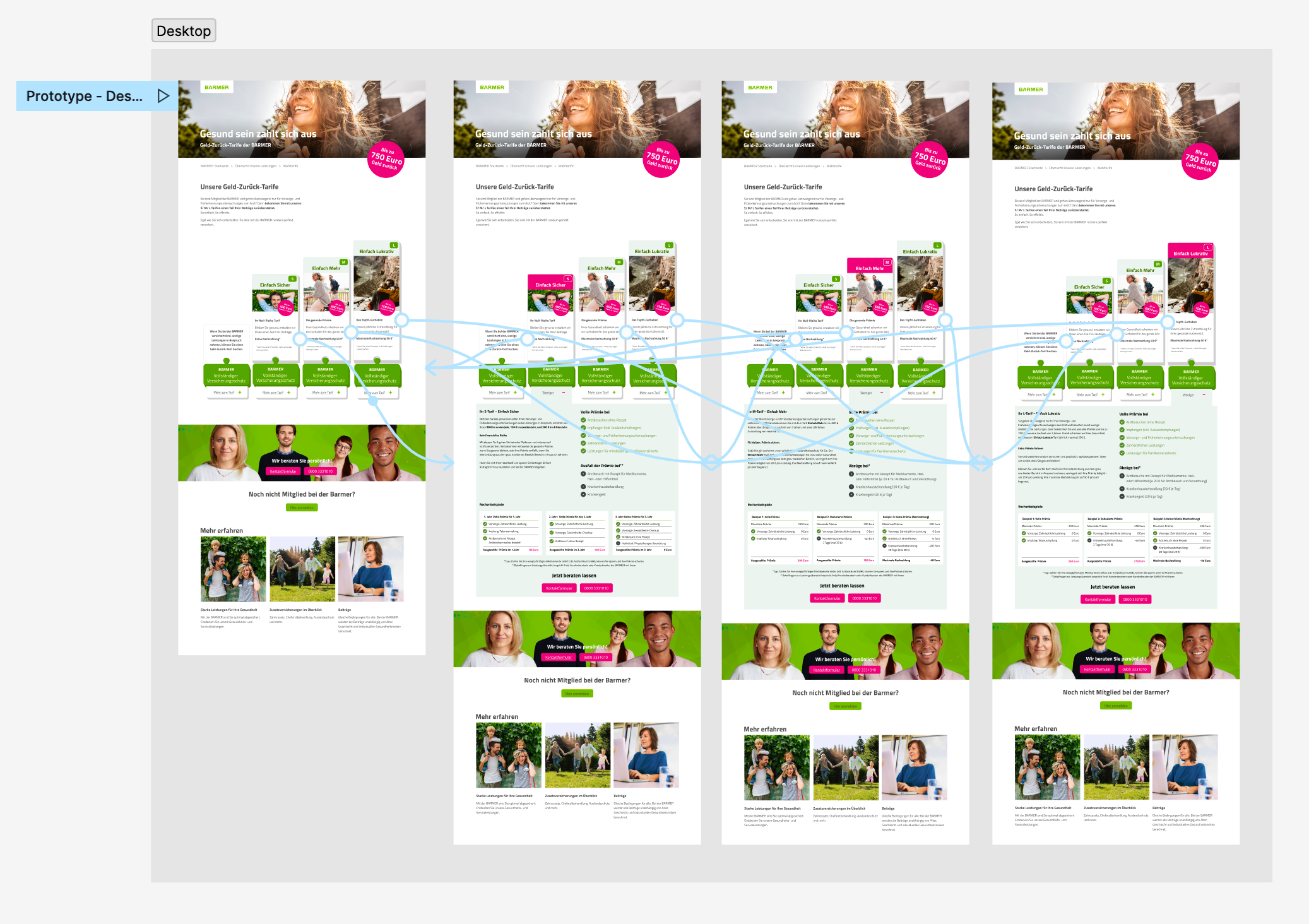
“When we demo the new workflows in Figma and outline how it reduces the need for multiple tools and enhances collaboration, our clients catch on quickly,” adds Christina Gundacker, Head of Consumer Insights & Strategy at ENNOstudio. “They enjoy being part of the design process, it helps them understand how projects develop, and how working together helps us build better outcomes.”
This hasn’t meant the end of face-to-face meetings. “We still meet clients in person, of course. Being in the same room helps build relationships on an emotional level, and there’s a level of non-verbal communication too. But for collaboration on creative and making design decisions, Figma has been transformational for us,” says Guillaume.
The Total Economic Impact of Figma
This Forrester report shows how teams are using Figma and FigJam to speed up their workflows, consolidate their design stack, and build better products.
See how Figma can help you scale design
Great design has the potential to differentiate your product and brand. But nothing great is made alone. Figma brings product teams together in a fast and more inclusive design workflow.
Get in touch to learn more about how Figma can help companies scale design.
We’ll cover how Figma can help:
- Bring every step of the design process—from ideation, to creation, to building designs—into one place
- Accelerate design workflows with shared company-wide design systems
- Foster inclusivity in the product team process with products that are web-based, accessible, and easy to use
